Related Research Articles

William Lloyd Garrison was an American abolitionist, journalist, and social reformer. He is best known for his widely read anti-slavery newspaper The Liberator, which Garrison founded in 1831 and published in Boston until slavery in the United States was abolished by the Thirteenth Amendment in 1865.

Samuel Eli Cornish was an American Presbyterian minister, abolitionist, publisher, and journalist. He was a leader in New York City's small free black community, where he organized the first congregation of black Presbyterians in New York. In 1827 he became one of two editors of the newly founded Freedom's Journal, the first black newspaper in the United States. In 1833 he was a founding member of the interracial American Anti-Slavery Society.

The Liberator (1831–1865) was a weekly abolitionist newspaper, printed and published in Boston by William Lloyd Garrison and, through 1839, by Isaac Knapp. Religious rather than political, it appealed to the moral conscience of its readers, urging them to demand immediate freeing of the slaves ("immediatism"). It also promoted women's rights, an issue that split the American abolitionist movement. Despite its modest circulation of 3,000, it had prominent and influential readers, including all the abolitionist leaders, among them Frederick Douglass, Beriah Green, Arthur and Lewis Tappan, and Alfred Niger. It frequently printed or reprinted letters, reports, sermons, and news stories relating to American slavery, becoming a sort of community bulletin board for the new abolitionist movement that Garrison helped foster.

Freedom's Journal was the first African American owned and operated newspaper published in the United States. Founded by Rev. John Wilk and other free Black men in New York City, it was published weekly starting with the March 16, 1827 issue. Freedom's Journal was superseded in 1829 by The Rights of All, published between 1829 and 1830 by Samuel Cornish, the former senior editor of the Journal. The View covered it as part of Black History Month in 2021.

African American newspapers are news publications in the United States serving African American communities. Samuel Cornish and John Brown Russwurm started the first African American periodical, Freedom's Journal, in 1827. During the Antebellum South, other African American newspapers sprang up, such as The North Star, founded in 1847 by Frederick Douglass.
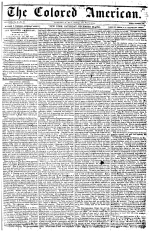
The Colored American was an African American newspaper published in New York City from 1837 to 1842 by Samuel Cornish, Phillip Alexander Bell, and Charles Bennett Ray. When Cornish retired, James McCune Smith joined as co-editor.

The San Francisco Examiner is a newspaper distributed in and around San Francisco, California, and published since 1863.
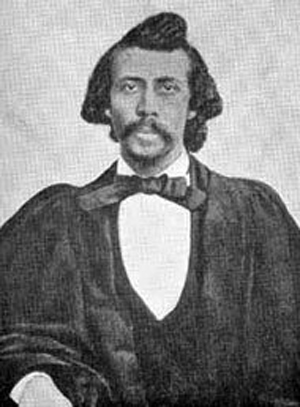
William Howard Day was a black abolitionist, editor, educator and minister. After his father died when he was four, Day went to live with J. P. Williston and his wife who ensured that he received a good education and learned the printer's trade. He received his bachelor's and master's degree from Oberlin College. He was a printer and newspaper editor. He fought for civil rights of African Americans a number of ways, as a journalist, teacher, and leader of the Freedmen's Bureau. He was an orator, making a speech to 10,000 newly emancipated people on what biographer Todd Mealy called the first march on Washington.
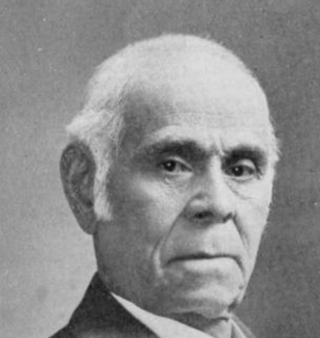
James Madison Bell was an African-American poet, orator, and political activist who was involved in the abolitionist movement against slavery. He was the first native African-American poet in Ohio and was called the "Bard of the Maumee," of Maumee River. According to Joan R. Sherman: "As poet and public speaker, Bell was one of the nineteenth century's most dedicated propagandists for African-American freedom and civil rights."
Charlotte L. Brown (1839–?) was an American educator and civil rights activist who was one of the first to legally challenge racial segregation in the United States when she filed a successful lawsuit against a streetcar company in San Francisco in the 1860s after she was forcibly removed from a segregated streetcar. Brown's legal action and the precedent it created led to additional challenges to segregation in San Francisco and within 30 years, California enacted legislation to make such segregation on streetcars illegal statewide.
Jennie Carter was an American journalist and essayist who wrote for the California African-American newspaper The Elevator from her home in Nevada County, California during the Reconstruction Era. She used the pen name Anna J. Trask and later Semper Fidelis. Her work covered diverse topics, including slavery, racism, women's suffrage, temperance, politics, and immigration, and was widely circulated in late 19th century black communities throughout the American West and to some extent, nationwide. In the 21st century, with the republication of her essays, her work began to receive wider attention.

Philip Alexander Bell (1808–1889) was a 19th-century American newspaper editor and abolitionist. Born in New York City, he was educated at the African Free School and became politically active at the 1832 Colored Convention. He began his newspaper career with for William Lloyd Garrison's anti-slavery newspaper The Liberator and became an outspoken voice on a variety of social and political of issues of the day including abolition, suffrage, and the protection of fugitive slaves.
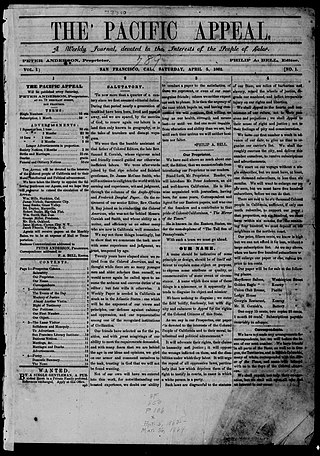
Pacific Appeal was an African-American newspaper based in San Francisco and published from April 1862 to June 1880.
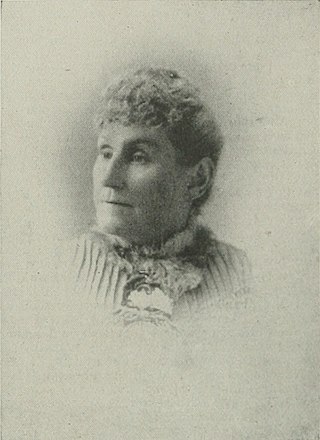
Emily Pitts Stevens was an American educator, temperance activist, and early San Francisco suffragist. She was the editor and publisher of The Pioneer, the first women’s suffrage journal in the West Coast of the United States, and was a co-founder of the California Woman Suffrage Association. In addition, she was a businesswoman, teacher, administrator, lecturer, and a founder of women's organizations. In San Francisco, Stevens started an evening school for working girls, and instituted the Seaman's League. After the organization of the Woman's Christian Temperance Union (WCTU) in California, she labored on its behalf. She also contributed to the columns of various newspapers, and lectured. Stevens died in 1906.
Peter Anderson was an African American rights activist who actively participated in California Colored Conventions Movements during the 1800s. Anderson was also the author of a newspaper called The Pacific Appeal which advocated black rights and helped activists network. Anderson and his coeditor Philip Alexander Bell argued often and eventually these disagreements led Bell to split off and create his own paper called The Elevator while Peterson continued with The Pacific Appeal.
The Mirror of the Times was an African American weekly newspaper in San Francisco. Though its exact foundation and dissolution dates are not known, the paper started between 1855 and 1857, and ran issues until around 1858. It was the first African American newspaper in the state – and possibly in the entirety of the West Coast – and it advocated against racial segregation and for Black civic engagement.

The California State Convention of Colored Citizens (CSCCC) was a series of colored convention events active from 1855 to 1902. The convention was one of several social movement conventions that took place in the mid-19th century in many states across the United States.
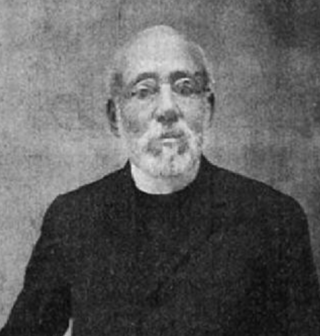
Rev. Peter William Cassey (1831–1917) was an African-American 19th-century school founder, deacon, minister, educator, abolitionist, and political activist. He was a pioneer in Santa Clara County. Cassey founded the first African American secondary school in the state of California, the Phoenixonian Institute. Cassey also worked as a prominent barber and co-owned a shaving saloon in San Francisco; and had worked as Methodist clergy in North Carolina and Florida. His name was sometimes written as Peter Williams Cassey.
The Phoenixonian Institute, also known as St. Philip’s Mission School for Negroes, is a former secondary school for African American students active from 1861 until the mid-1870s and located in San Jose, California, United States. It was the first African American secondary school in the state of California, founded by Peter William Cassey, and was a residential school.
References
- ↑ "The Elevator · African American Fourth of July". africanamerican4th.omeka.net. Retrieved 2021-04-01.
- 1 2 3 4 Bragg, Susan (2007-01-30). "Philip Alexander Bell (1808-1889)" . Retrieved 2021-04-08.
- 1 2 "P.A. Bell: Abolitionist". www.lincolnshrine.org. Retrieved 2021-04-08.
- 1 2 3 "Philip Alexander Bell". Media Museum of Northern California. Retrieved 2021-04-08.
- ↑ Something in the Soil: Legacies and Reckonings in the New West. W. W. Norton & Company. 2001. p. 265. ISBN 9780393321029.
- ↑ Eric Gardner , Jennie Carter: A Black Journalist of the Early West Univ. Press of Mississippi, January 1, 2007, p. 7